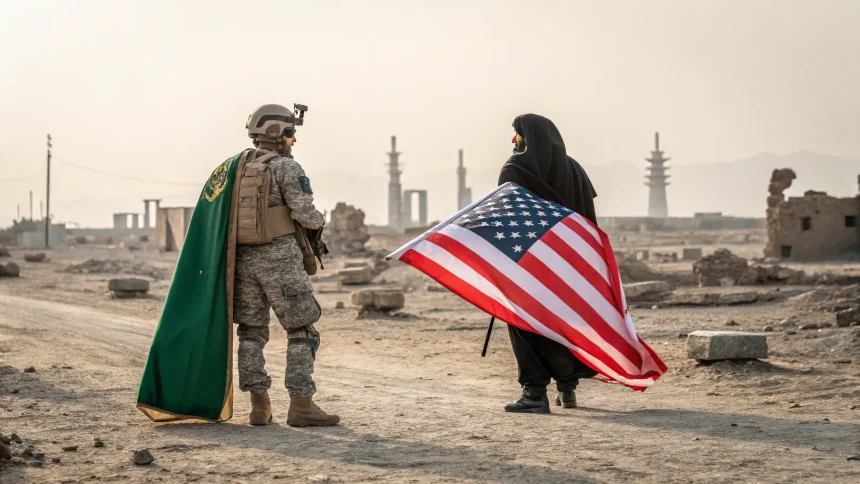The relationship between Iran and the United States has been marked by decades of tension, military confrontations, and diplomatic breakdowns since the 1979 Iranian Revolution. What began as a dramatic shift in power in Iran has evolved into one of the most complex and enduring geopolitical conflicts in the Middle East.
The current state of affairs between these two nations includes early-morning attacks, digital warfare tactics, and ongoing military posturing that continues to shape regional politics and global security concerns.
The Revolutionary Turning Point
The 1979 Iranian Revolution stands as the critical juncture that transformed Iran-US relations. Before this watershed moment, Iran under Shah Mohammad Reza Pahlavi was considered one of America’s strongest allies in the Middle East. The revolution, led by Ayatollah Ruhollah Khomeini, overthrew the Western-backed monarchy and established an Islamic republic with strong anti-American sentiments.
The subsequent hostage crisis, where 52 American diplomats and citizens were held for 444 days, cemented the antagonistic relationship between the two countries. This event effectively ended formal diplomatic relations and set the stage for decades of mutual distrust and hostility.
Military Confrontations Through the Decades
Since the revolution, military tensions between Iran and the United States have manifested in various forms. During the Iran-Iraq War (1980-1988), the US provided support to Iraq while engaging Iranian forces in the Persian Gulf. The 1988 downing of Iran Air Flight 655 by the USS Vincennes, killing 290 civilians, further intensified Iranian resentment.
More recent confrontations include:
- Naval encounters in the Persian Gulf
- Drone incidents, including Iran’s downing of a US surveillance drone in 2019
- The January 2020 US airstrike that killed Iranian General Qasem Soleimani
- Iran’s retaliatory missile strikes on US bases in Iraq
The Evolution of Digital Warfare
As conventional military tactics have evolved, so too has the nature of conflict between Iran and the United States. Digital warfare has become an increasingly significant aspect of this relationship, with both nations engaging in cyber operations against each other.
The Stuxnet computer worm, discovered in 2010 and widely believed to be a joint US-Israeli creation, targeted Iranian nuclear facilities and damaged centrifuges at the Natanz uranium enrichment plant. This marked a new chapter in the conflict, demonstrating how digital tools could be used to achieve strategic objectives without traditional military engagement.
Iran has responded by developing its own cyber capabilities, reportedly targeting US infrastructure, financial institutions, and government agencies. These digital confrontations represent a less visible but potentially equally damaging dimension of the ongoing conflict.
Nuclear Tensions and Diplomatic Efforts
The Iranian nuclear program has been a central point of contention between the two nations. US concerns about Iran’s nuclear ambitions have led to multiple rounds of economic sanctions, diplomatic initiatives, and international pressure.
The 2015 Joint Comprehensive Plan of Action (JCPOA), commonly known as the Iran nuclear deal, represented a significant diplomatic breakthrough. However, the US withdrawal from this agreement in 2018 and the subsequent “maximum pressure” campaign against Iran reignited tensions and led to Iran gradually abandoning its commitments under the deal.
Attempts to revive the agreement have faced numerous obstacles, with both sides maintaining firm positions on key issues such as sanctions relief and nuclear enrichment limits.
The fraught relationship continues to impact regional stability, global oil markets, and international security arrangements. As both nations navigate this complex dynamic, the potential for miscalculation remains a concern for international observers.
Despite occasional signals of potential diplomatic openings, the fundamental differences in political systems, regional objectives, and historical grievances continue to make sustainable rapprochement difficult to achieve. The pattern of escalation and de-escalation that has characterized this relationship for over four decades shows few signs of fundamental change in the near term.









